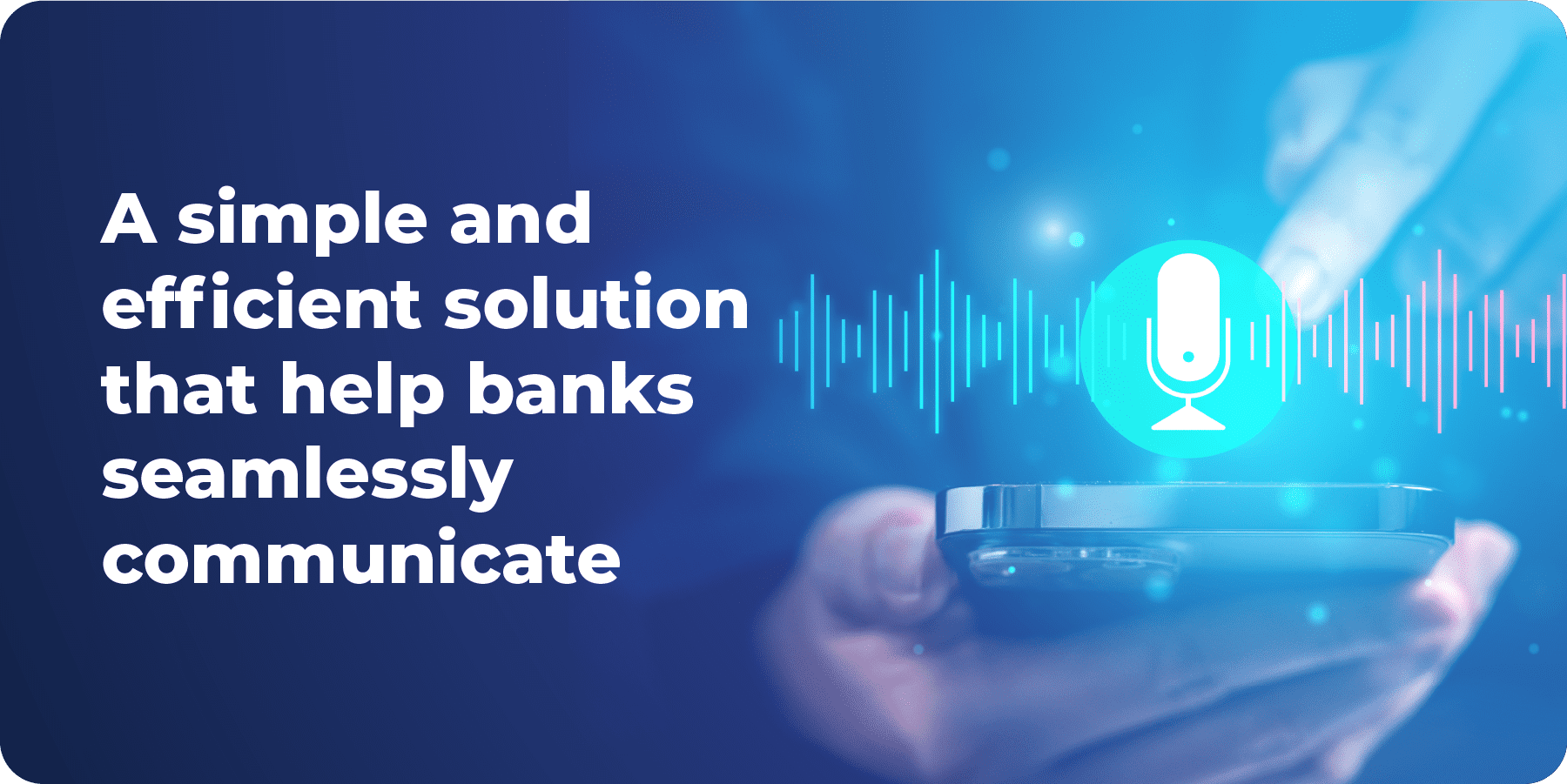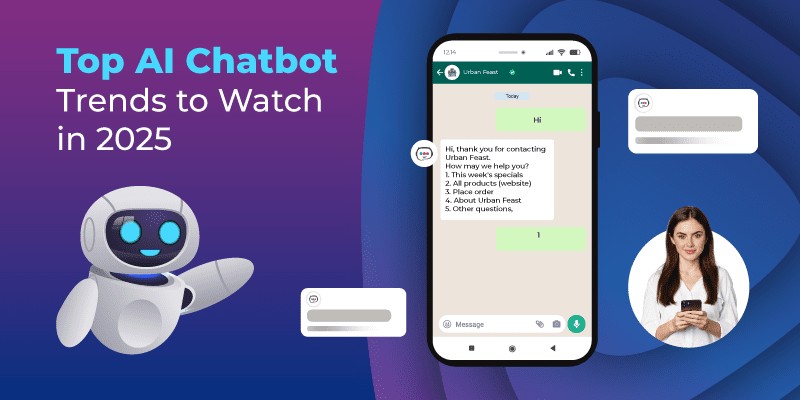What is IVR (Interactive Voice Response)?
IVR stands for Interactive Voice Response which contains call routing capabilities, and it is an excellent tool that allows customers to seamlessly interact with a computer before connecting with a representative. The IVR technology works hand in hand with the automatic call distribution which you might have heard in a call center. Phone systems have become widely used and adopted that a vast majority of us might have interacted with a virtual assistant over the phone at some point or the other.
IVRs can manage inbound phone calls by collecting information about customer inquiries before it is automatically transferred to the right department. It helps in tailoring the conversation which is based on the virtual phone number that the person had dialed. Customers are usually presented with prerecorded voice menu as soon as they make the call. Navigating through the menu either verbally or manually using the phone keypad, as the customer is capable of automatically connecting to an agent who can help out.
Uses of IVR
Gone are the days of using a call centre for IVR, in today’s modern times’ companies across the globe are learning and benefiting by using an Interactive Voice Response. Here are some of the typical use cases of IVR that are widely used across the world today:
- Appointment confirmations
- Sales call routing
- Product assistance
- Transactional information
- Account identification
How does an IVR work?
The most basic IVR solutions are incredibly convenient in saving time and money by trimming the times the calls are put on hold, which typically requires a smaller workforce. Advanced systems are capable of delivering an experience that is a much better experience for the customer. There are two main types of IVR systems which are basic IVR systems and advanced IVR systems.
Basic IVR Systems
IVRs contain two main primary components which enable the computer in understanding and process the caller’s requests. Voice recognition technology is one of the main technologies along with Dual-Tone Multi-Frequency signaling (DTMF).
DTMF signaling occurs mainly between the phone and the computer as callers can use the keypad on the phone in selecting certain menu options. The touch-tone technology helps in allowing intelligent call routing that takes place without the need for a human operator. IVR platforms contain voice recognition capabilities which are commonly called Directed Dialogue. Callers usually give out verbal responses instead of using a keypad in navigating through the menu.
IVR platforms that contain voice recognition capabilities contain Directed Dialogue that involves verbal responses rather than using the keypad in navigating through the menu. An IVR menu might usually say “For billing, press three or say ‘billing.”
Advanced IVR Systems
The more IVR technology develops, the more it makes advanced systems in making the customer’s IVR interactions which are much more natural, faster, and more enjoyable. With customer-friendly advancements such as Natural Language Processing Software (NLP), it is a form of conversational AI. With sophisticated voice recognition technology, the computer can easily understand and process full sentences rather than put a limit on the word choice of the caller. It can help in answering open-ended questions as callers always appreciate a conversational approach towards customer service as it gives more freedom in general. It is great in navigating with the help of IVR as callers will usually get to the point right away.
What is the IVR menu?
The IVR menu is a response system that helps customers in navigating through the IVR experience and it can be used by the caller. It is all made possible by pressing the touch-tone dial pad and with voice, it is programmed into IVR. The main recommendation is to keep the IVR menu or phone tree as simple as possible with the needs of the organization.
Tips for setting up your IVR
Here are some of the major tips on how you can get started with IVR and start setting up the IVR system. These are some of the major tips to look into while setting up your IVR system:
 Crafting your greeting with care
Crafting your greeting with care
First impressions mean a lot thus it is important to ensure that the first experience the callers get on IVR is the best experience that they get. It is important to opt for a concise introduction that isn’t too long along with a vocabulary that is adopted towards the image of the company that you want to convey. You can have a warm greeting which is expressed in a clear and cheerful manner, which helps to build a constructive
 Choosing the right music
Choosing the right music
As more than three-quarters of professional contacts are made through the phone it is important to choose professional music that is heard by your customers. It is important to choose the right music which is pleasing to the ear as your customers will be hearing it while you put them on hold.
 Limiting menu options to 5
Limiting menu options to 5
Always limit the number of options to a maximum of 5 options per menu as it leads to callers getting lost within the system and giving up. Your aim should be to prove quick and helpful responses, especially when your customers will be looking out for you. The information will be quite less intrusive especially if it is less condensed and played out with background music for all your holding callers. Just remember to provide the name of the option before pressing the corresponding key.
 Quickly putting it to the test
Quickly putting it to the test
It is important to assess relevant menu options along with the efficiency of recorded messages and offered services. By making a list of recurring requests that are made through phone and email it is important to modify the structure of the IVR, as the common selections are chosen first. The results of this test are great as you can detect elements that negatively affect the entire customer experience and it can help you modify options, announcements, settings, and other options.
 Monitoring IVR carefully
Monitoring IVR carefully
It is important to check whether your IVR is working properly and adapt it towards company news, current promotional offers along exceptional openings and other closings. It is important to remember that your call request may evolve and change so you should integrate IVR in your customer feedback collection channels. Always be prepared to propose a satisfactory survey at the end of every call along with a good solution that determines various customer perceptions and different caller satisfaction levels.
 Allowing callers to return to previous options
Allowing callers to return to previous options
Callers usually give up when they can’t find a clear and rapid solution as they can return to the previous menu whenever they are unsure if they have made the right decision. By doing this you have the possibility of correcting various entry errors in redirecting the call as they wish and next, you can return to the previous menu or the main menu. It also works on preventing abandoned calls that help in improving overall customer experience and satisfaction.
 Informing callers of their place within the queue
Informing callers of their place within the queue
Callers need to quickly find answers to their questions and it is more important than ever to reduce the overall length of wait time in order to provide callers, a great quality experience that does not take a lot of time. IVR helps in making sure that a selection is made before the entire list of options ends and by preventing callers it is great in listening to all the other options and they can get in touch with an agent more quickly.
Benefits of IVR
There are many different benefits of IVR and it is important to understand how it can be great to implement it for your business:
Increasing Credibility
Improve your customer experience by implementing a business phone service by increasing the trust and credibility of the brand. With the Interactive Voice Response functionality, you can improve your brand image by presenting a consistent, welcoming, and on-brand greeting call before reaching out to a representative. It comes across more as organized and professional in becoming more credible, especially in the eyes of your customers. By sending out a message to your business, you will be able to equip a wide range of various customer calls.
Self-Service Customer Service
An IVR allows you to serve your customers effectively especially when agents are not available and as a caller, you can access basic information present outside of regular business hours. It occurs mainly whenever agents are busy handling other calls and with IVR you will be able to utilize this advanced IVR technology to interact with your customers ensuring greater customer satisfaction.
Learn More & Save More
It is important to gather information about your customers which is very vital to the success of the business. Whenever your customers interact with a computer, then a computer is required to collect, process, and store a great level of information. The data that IVR collects is excellent and valuable for business strategies as you can continually improve upon your IVR setup. With IVR systems it is important to supplement market research by lowering costs and eliminating the need of hiring more agents and saving up on time and money.
IVR’s role in customer experience
IVR is fantastic as you can perform basic diagnostics and route the customer to the correct agent for help and based on the customers’ answers the software and it is a great form of providing a great customer experience perspective. By developing customer satisfaction, you can provide customers with a great opportunity to conduct transactions and IVR systems in conducting transactions with themselves. IVR is great as you can deliver clear and consistent brand messaging depending on the outset of the relationship with the customer.
IVR examples
Some of the most important examples of IVR which are widely used in businesses or across companies is when you call a company then you hear “press 1 for technical assistance, press 2 for sales support, and press 0 to speak to the operator.
Once you have made your choice your call is routed towards an extension/call queue and a voice message will be reproduced to you. When you enter an IVR submenu it will offer more options that you can select easily. Interactive voice response service is great as you can completely avoid human intervention and you can call GSM operators when you add funds to your account, you will receive account information that is up-to-date.
Conclusion:
In conclusion, Interactive Voice Response is a great tool that helps to reduce the overall human effort through phone systems, and with this technology companies and organizations are able to handle higher volumes of calls, reduced costs, and improve the overall customer experience and satisfaction levels!













